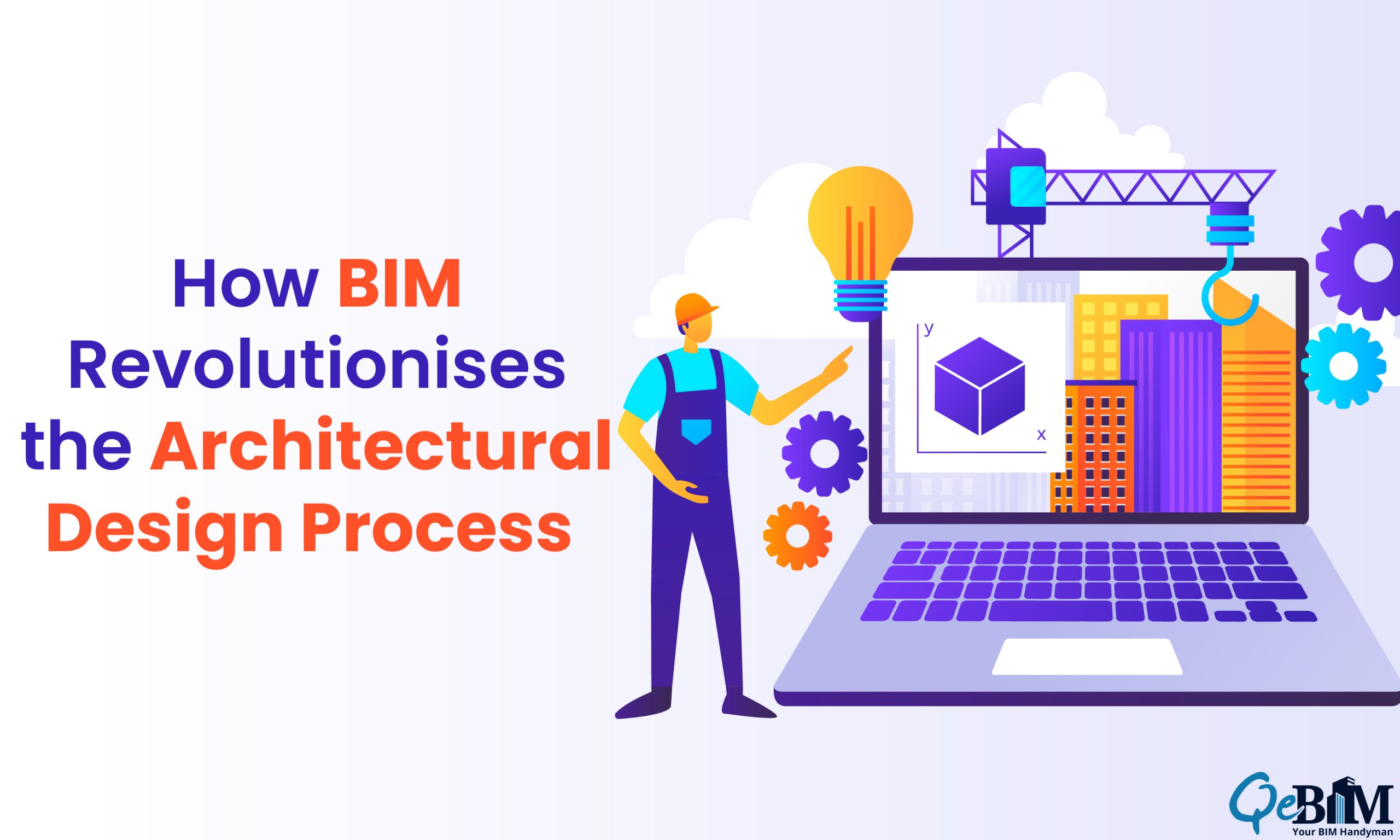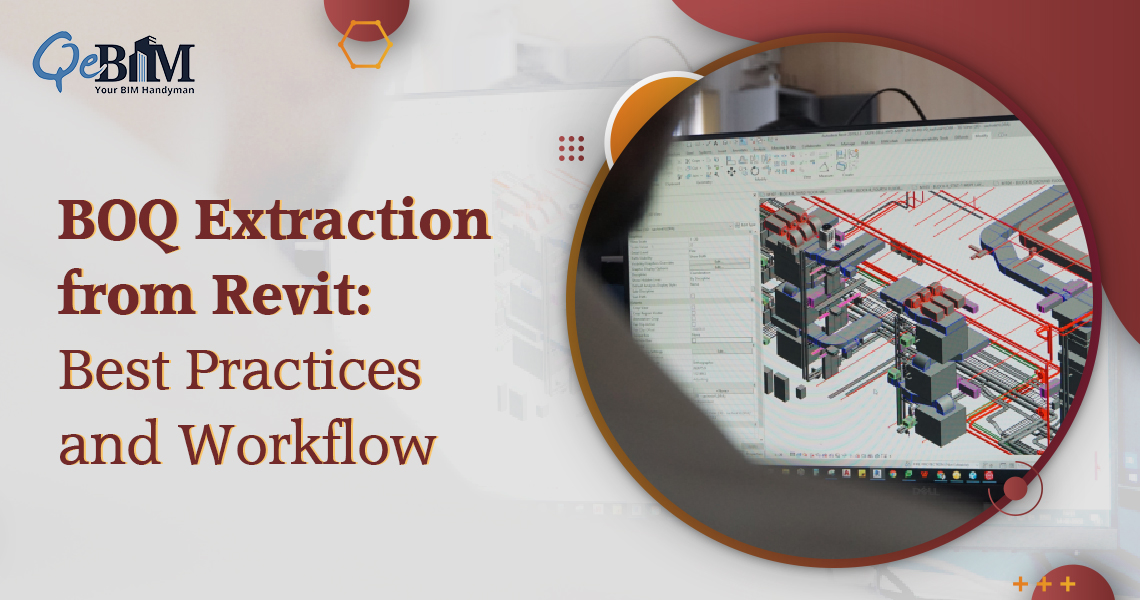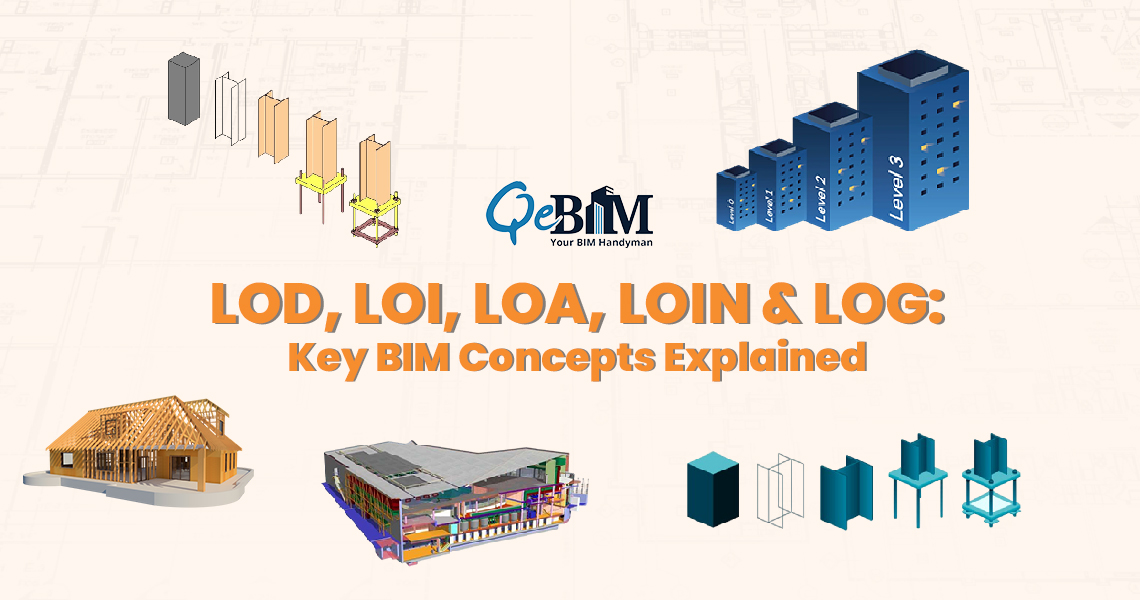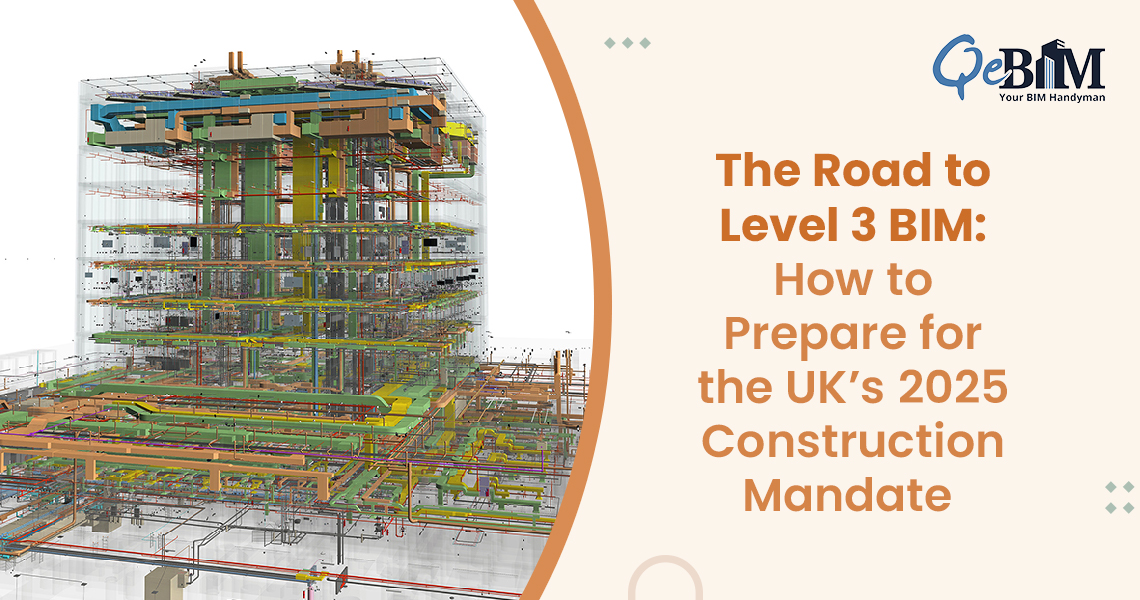Introduction
A computerized technique called Building Information Modelling (BIM) has completely transformed how architects approached layout. Using this robust program, architects may design 3D models, evaluate a building’s achievement, as well as simulate building procedures. We are going to look at the way architects utilize BIM for layout and the benefits that it offers the sector, including the function of BIM Drafting Services as well as building drawing services throughout this article on the blog.
What is BIM
Through the BIM process, a construction or another building is transformed into a digital representation. It provides a solution that allows collaboration between architects, engineers, contractors, or clients on one platform. A building endeavor might use BIM in multiple phases, such as design, documentation, analysis, and maintenance.
Using BIM software, architects can design a comprehensive digital representation of a structure that includes everything of the theory of geometry, components, or subsystems. A database that consists containing information regarding the structure’s efficiency, including its energy effectiveness, structural soundness, as well as upkeep needs, is additionally offered by the program.
How Architects Use BIM for Design
Throughout the process of designing, architects utilize BIM to perform a number of activities. Using BIM software, architects might generate a thorough 3D representation of the structure that might be examined from any direction. Before the building even starts, this representation might be utilized to visualize the design and spot any potential issues.
Architects can examine a building’s performance using BIM software. Using the program, for instance, architects might optimize their designs for energy savings by simulating the building’s consumption of energy. The potential of BIM to model a building’s structural integrity enables architects to validate an accurate design for the structure.
The capability of BIM software to produce drawings for construction is a further essential feature. Depending upon the 3D approach, BIM software may autonomously generate two-dimensional construction drawings. This reduces architects’ valuable time and lowers the likelihood of building documents including inaccuracies.
Benefits of using BIM for design
The architecture sector profits greatly from the usage of BIM during design. Collaboration improves, which constitutes one of the most important advantages. BIM software enables collaboration between architects, engineers, contractors, or owners under an identical platform. This enhances interaction or lowers the possibility of errors and misinterpretations.
BIM increases architectural accuracy as well. Compared to conventional 2D drawings, the 3D model produced by BIM software is far more precise as well as comprehensive. This helps architects spot possible issues before they affect the planning process, which saves valuable time and lowers the chance of mistakes throughout construction.
BIM increases effectiveness as well. Several tasks can be automated by the program, including creating construction drawings, which assists architects to conserve time as well as lowering the possibility of mistakes. Additionally, BIM enables architects to swiftly and inexpensively evaluate many design choices, that might result in innovative and successful designs.
BIM Drafting Services
Businesses with a focus on producing BIM models along with construction drawings for architects are known as BIM drafting services. These businesses work with experts that have received BIM software training. In order to free up their time to work on other projects, architects might employ BIM drafting services for the production of digital models and construction drawings.
For architects, BIM drafting services have a number of advantages. They initially make qualified professionals with experience using BIM software accessible. This guarantees the preciseness and high quality of the BIM models or construction drawings.
BIM drafting services may assist architects reduce time. The production of BIM models and construction drawings can be outsourced, freeing up architects to concentrate on designing as well as management of projects.
Eventually, using BIM drafting services might reduce the possibility of mistakes. BIM drafting services use quality assurance procedures to guarantee the accuracy or faultlessness of the BIM models along with construction drawings.
Construction Drawing Services
Businesses that specialize in producing building-related documents, such as comprehensive drawings, specifications, and time frames, are known as construction drawing services. Contractors utilize these documents for guaranteeing that the structure is constructed in accordance with the plans created throughout the building process.
The procedure of producing construction drawings has been revolutionized by BIM software. Using a three-dimensional model as a basis, BIM software is capable of producing 2D construction drawings, saving architects time as well as lowering the possibility of mistakes. In order to guarantee that the building is constructed in accordance with the architect’s plans, Construction Drawing Services might employ BIM software to generate comprehensive as well as precise construction drawings.
Conclusion
The manner in which architects tackle design has evolved as a result of BIM. Using BIM software, architects can design intricate 3D models of structures, evaluate their functionality, and simulate building procedures. Additionally, BIM software streamlines other operations, including creating construction drawings, which saves architects time as well as lowers the possibility of mistakes.
Architects can profit from a number of things from BIM drafting services to building drawing services. They give clients the benefit of qualified personnel with expertise using BIM software and building BIM models along with construction documentation. They might reduce the possibility of inaccuracies or save architects time.





